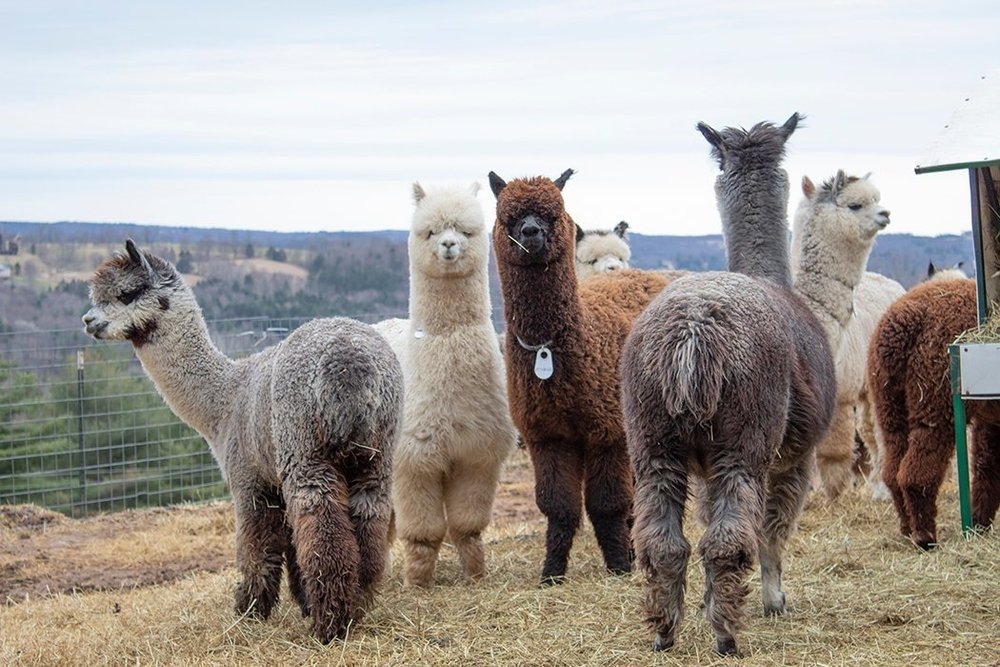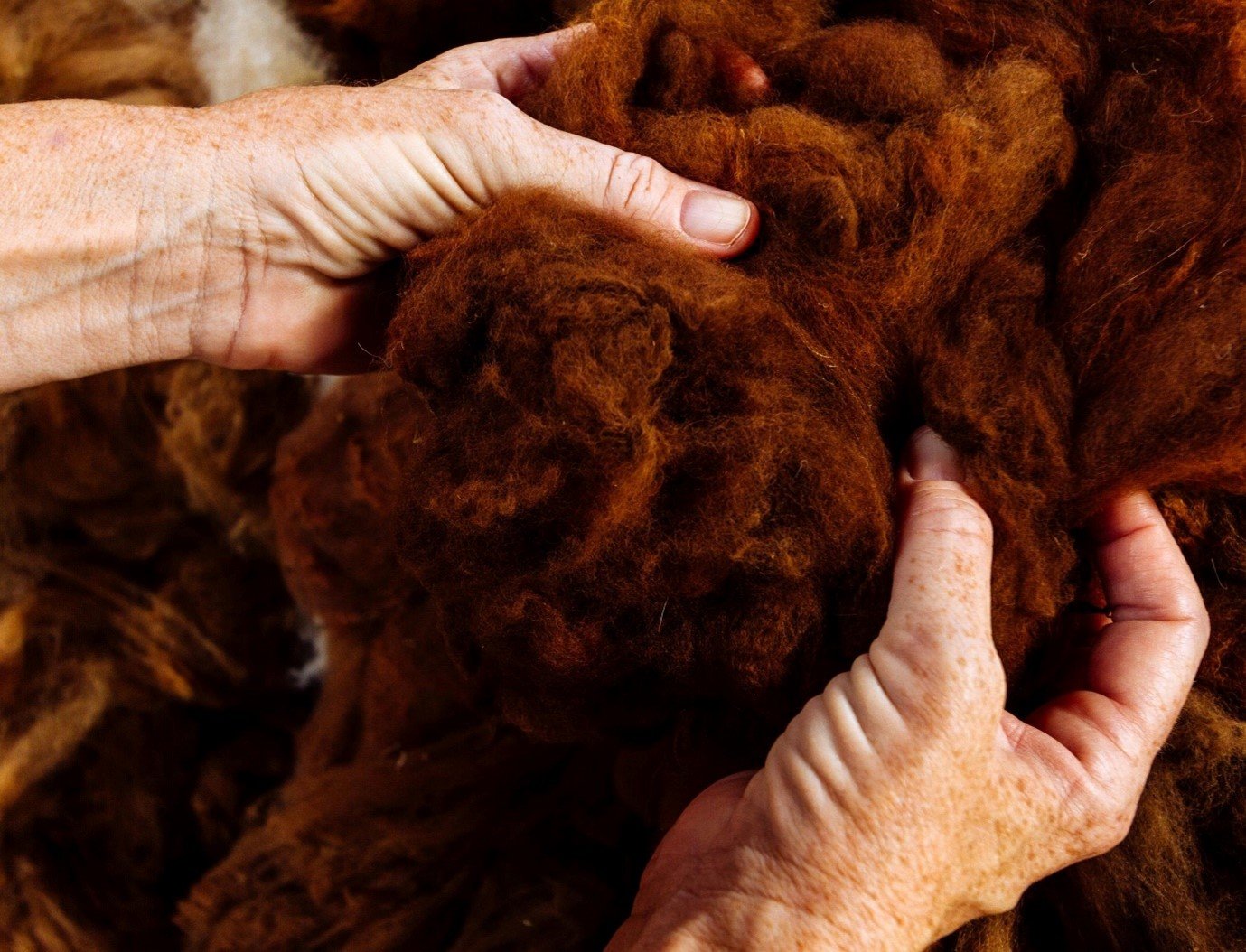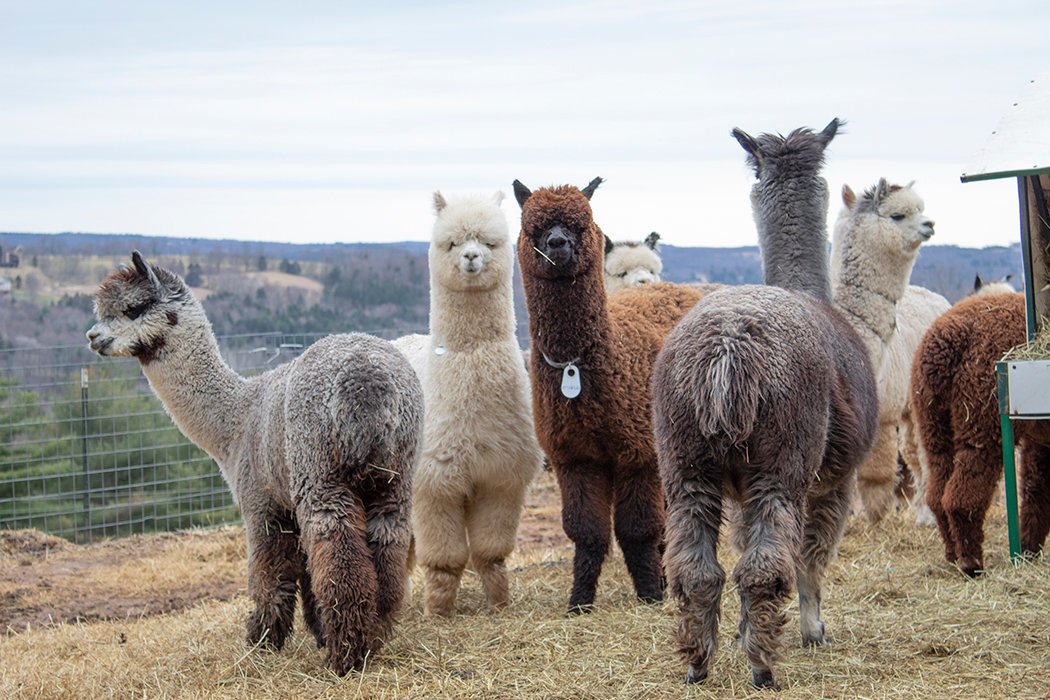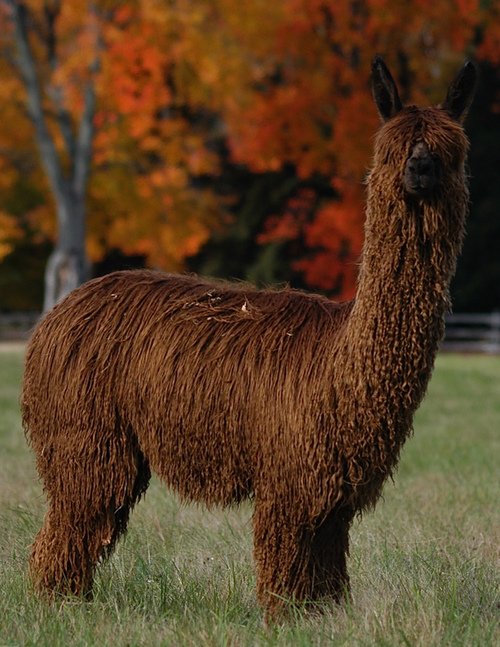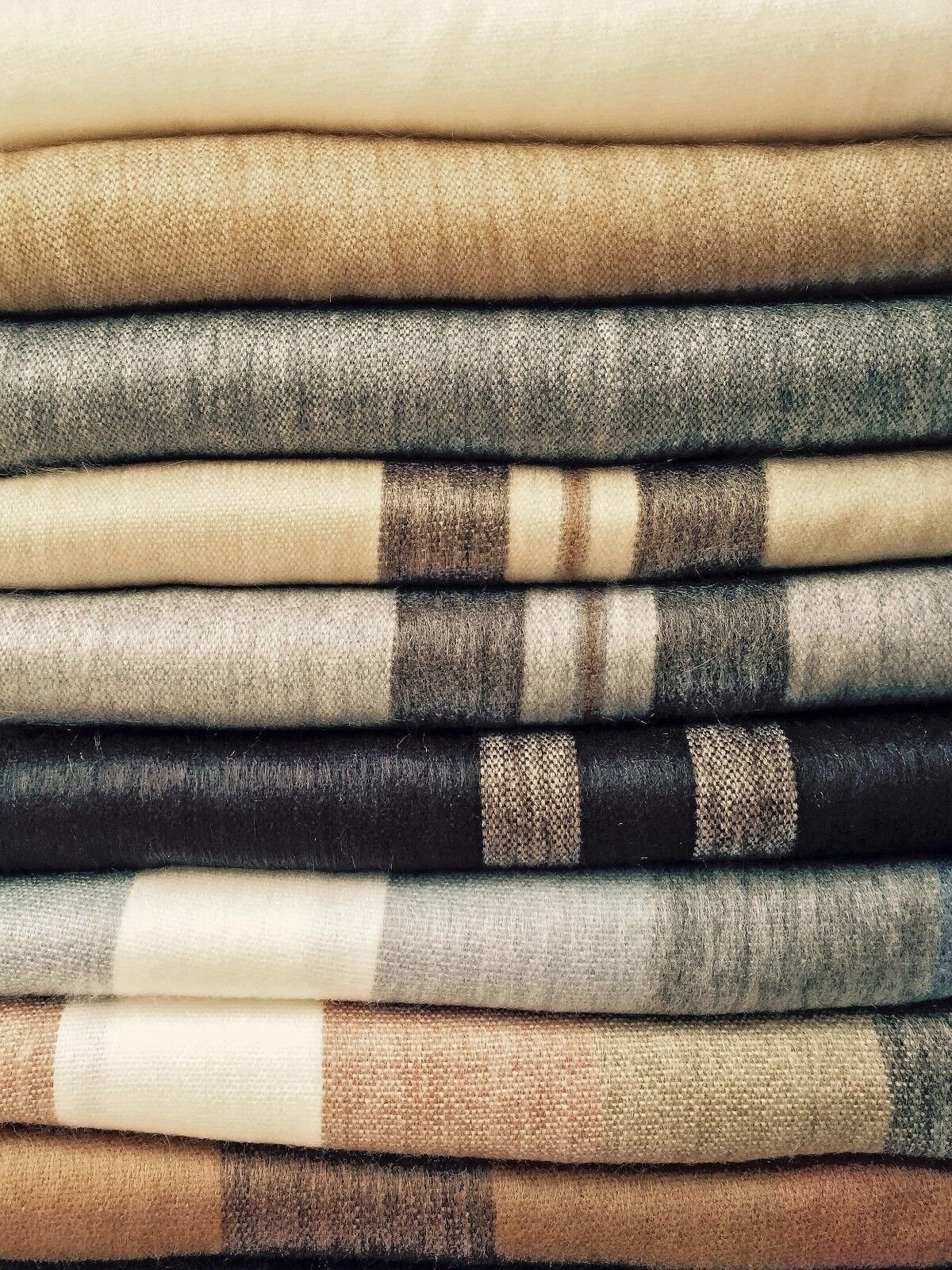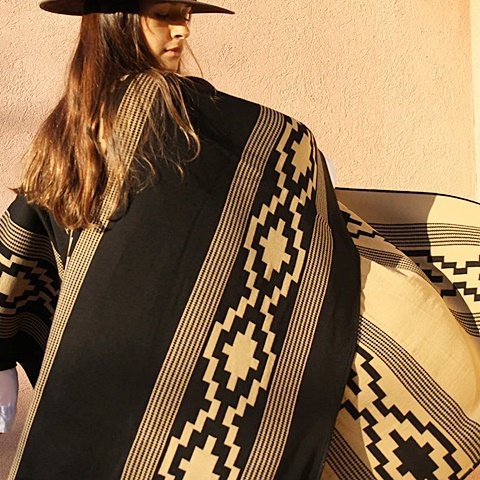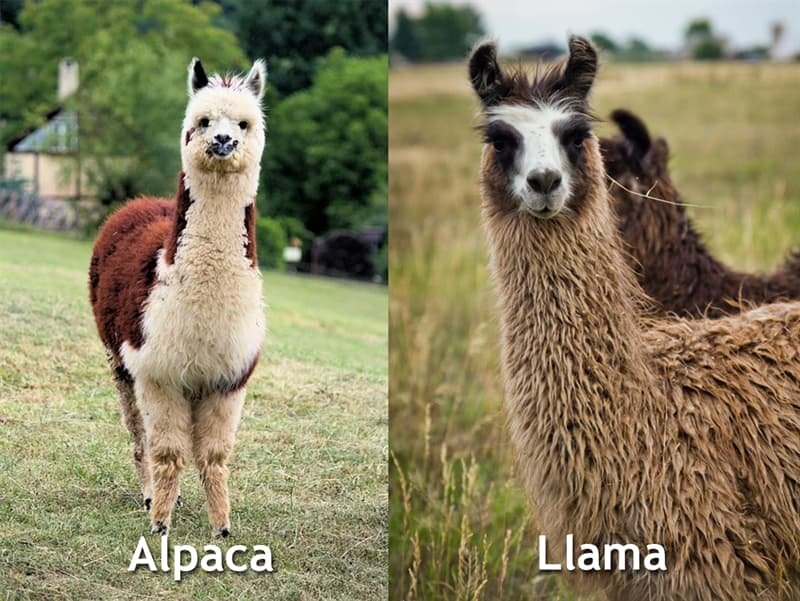WHAT ALPACAS ARE USED FOR?
If you’re thinking of purchasing an alpaca, you may be wondering what they are most commonly used for. While their fiber is often made into clothing and other textiles, alpacas can also be used for their meat and as working animals on farms.
The fiber from alpacas is one of the softest and most luxurious fibers in the world. It is often compared to cashmere but is actually smoother and warmer. Alpaca fiber is also very strong and durable, making it ideal for clothing that will be worn often.
Alpacas are also becoming increasingly popular as working animals on farms. They are gentle and easy to train, and their grazing habits make them ideal for keeping grass and other vegetation trimmed.
Finally, alpacas can also be slaughtered for their meat. While this is not as common as the other uses for alpacas, it is becoming more popular in some parts of the world.
WHAT KIND OF ANIMAL IS ALPACA?
Alpacas are a type of South American camelid, related to llamas, vicunas, and guanacos. There are two types of alpacas- the Huacaya, which has dense, crimpy fiber, and the Suri, which has long, lustrous fibers that grow parallel to each other. Most alpacas in the United States are Huacayas.
Alpacas are native to the Andes mountains in South America and were first domesticated by the Inca civilization over 6000 years ago. Alpacas were prized by the Inca not only for their fiber but also for their meat and as pack animals.
After the Spanish conquest of the Inca Empire in the 16th century, alpacas were introduced to Europe, where they became popular as pack animals and for their fiber. Alpacas were first brought to the United States in 1984.
Alpacas are small animals, averaging 36 inches at the shoulder and 100 pounds in weight. They have long necks and legs, and their fiber comes in a wide range of colors, from white to black, with many shades of brown and gray in between.
Alpacas are gentle animals and are very easy to care for. They are shorn once a year, and their fleece does not contain lanolin, so it does not need to be washed before use. Alpacas are also known for being very social animals, and they enjoy the company of other alpacas as well as humans.
IS ALPACA FIBER CONSIDERED WOOL?
Alpaca is often lumped into the “wool” category, but it’s NOT technically wool. It’s classified as a “hair fiber,” which means it’s more like cashmere, mohair, and angora than traditional sheep’s wool. The main difference is that alpaca hair fibers grow in individual strands rather than in tufts, like wool.
This also makes alpaca much finer and softer than wool. In fact, it’s often said to be one of the softest fibers in the world. It’s also hypoallergenic, which means it’s gentle on sensitive skin.
WHY IS ALPACA FIBER GOOD FOR COLD WEATHER?
Alpaca fiber is ideal for making clothing and other items that will be worn in cold weather. The fiber is extremely lightweight yet very warm, making it perfect for items such as gloves, hats, and scarves. Alpaca fiber is also hypoallergenic, so it is a good choice for people with sensitive skin.
The Alpaca’s coat is designed to protect them from the elements in the Andes mountains. They have a double coat, with the outer coat being made up of longer, coarser fibers, and the inner coat made of shorter, softer fibers. This combination makes for a fabric that is both lightweight and warm. Alpacas are also shorn once a year, so their fiber is a sustainable resource.
WHAT ARE SOME WEARABLES MADE FROM DURABLE ALPACA FIBER?
Alpaca fiber is soft, durable, and hypoallergenic, making it ideal for a variety of garments and accessories. Alpaca fiber is often used to make sweaters, hats, gloves, and scarves. This type of fiber is also excellent for making rugs and blankets because it is so warm. Some people even use alpaca fiber to make socks!
Alpaca fiber is also very strong. In fact, it is often compared to cashmere in terms of quality. However, alpaca fiber is not as expensive as cashmere, making it a more affordable option for luxury items.
So, what are some of the best items to buy that are made from alpaca fiber? Here are a few of our favorites:
• Alpaca Ruana Cape: This cape is made from 100% alpaca fiber and is incredibly soft and cozy. It is the perfect item to throw on when you need an extra layer of warmth.
• Alpaca Ruana Shawl: When you want something a little more elegant, reach for an alpaca shawl. This shawl is made from a blend of alpaca fiber and acrylic, making it super soft and very warm.
• Alpaca Throw: As the name suggests, this throw is made from 100% alpaca fiber. It is perfect for snuggling up on the couch or using it as an extra layer on your bed.
